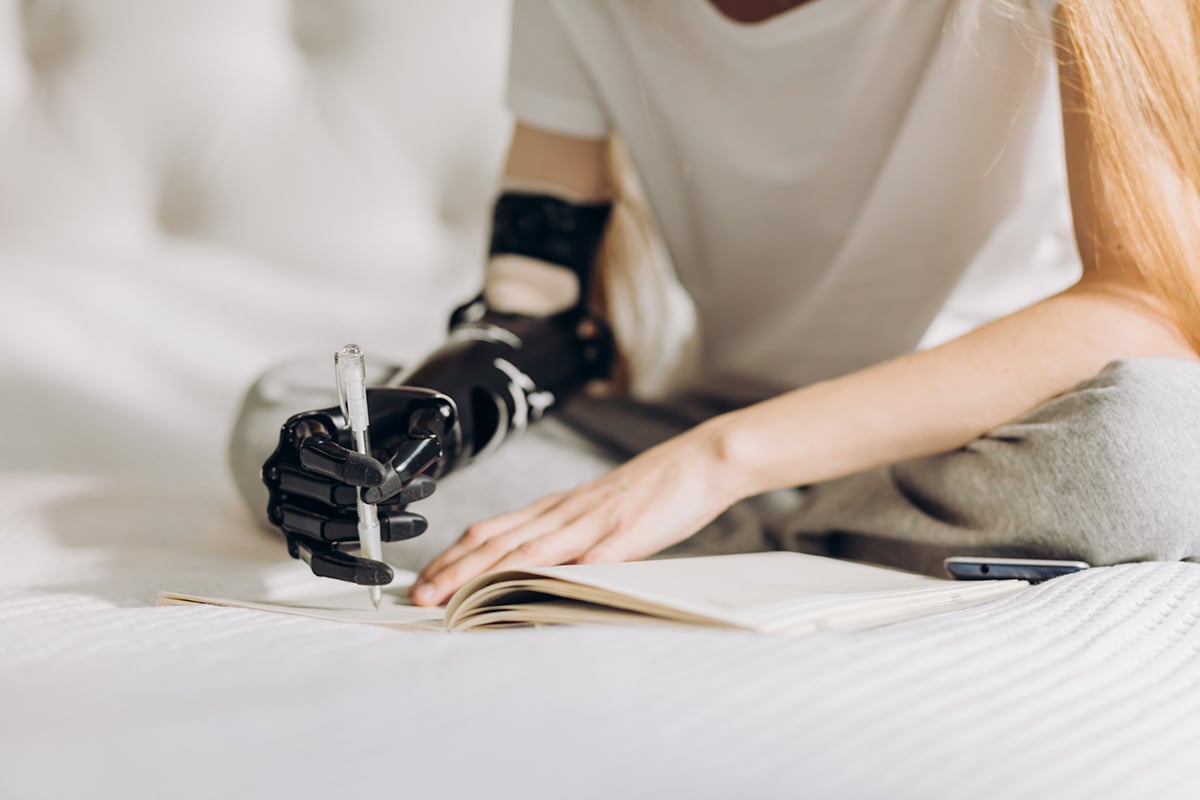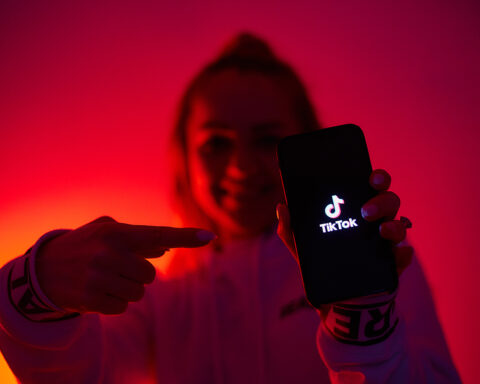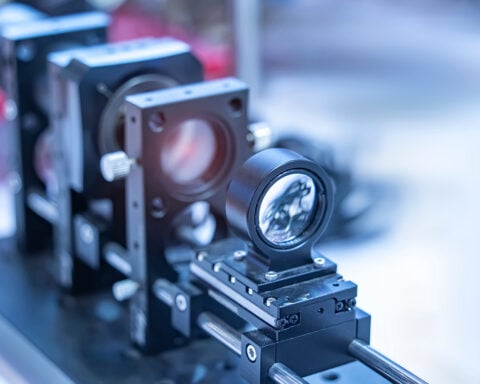In a remarkable breakthrough, the field of prosthetic limb technology has witnessed significant advancements, offering renewed hope to individuals with limb loss and spinal injuries by restoring their sense of touch and control.
Through pioneering research projects, scientists have successfully utilized brain-machine interfaces and innovative surgical techniques to reconnect people with the world through their prosthetic limbs.
Revolutionary Initiative: A $100 Million Investment
Seventeen years ago, the Defense Department embarked on an ambitious initiative with a staggering $100 million investment, aiming to revolutionize prosthetic limbs.
The primary objective was to empower amputees and individuals with spinal injuries to regain lost functionalities, particularly the crucial sense of touch. This bold project has now yielded remarkable results, transforming the lives of many.
Restoring Touch: The Journey from Mind to Machine
One inspiring success story is that of Brandon Prestwood, who tragically lost his left hand in an industrial accident. Thanks to experimental research and groundbreaking surgical interventions, Prestwood has achieved remarkable control over a prosthetic hand solely through his thoughts. Implants and electrodes implanted in his arm capture electrical signals from his brain, which are then translated by a computer into precise movements of the robotic hand.
The innovation doesn’t stop at movement alone. Embedded sensors in the fingers of Prestwood’s prosthetic hand are connected to nerves in his arm, enabling him to experience a rudimentary sense of touch. Even with his eyes closed, Prestwood can demonstrate his ability to perceive tactile sensations. While the sensation differs from that of a natural hand, he describes it as a pleasant tingling, akin to the feeling of a waking hand after it has fallen asleep.
Advancements in Neuroscience: Overcoming Challenges
Leading the way in this cutting-edge research is biomedical engineer Dustin Tyler from Case Western Reserve University. Initially skeptical about its feasibility, Tyler has successfully demonstrated that targeted electrical stimulation can indeed restore the sense of touch by activating specific neurons.
Challenges such as scar tissue buildup and limited implant lifespan are being addressed, with some patients exhibiting implants that have lasted up to eight years and counting.
Empowering Individuals with Spinal Injuries
This research not only focuses on prosthetic limbs but also aims to restore movement and touch sensation for individuals with spinal injuries. Through brain-machine interfaces and functional magnetic resonance imaging (fMRI), scientists like Sliman Bensmaia from the University of Chicago have successfully mapped the sensory and motor areas of the brain associated with hand movements.
This breakthrough allows for the translation of electrical signals to the robotic arm and the restoration of touch sensations, greatly enhancing the functional independence of individuals with spinal cord injuries.
A Glimpse into the Future
The potential of these advancements is vast. From providing balance and stability while climbing stairs or walking on uneven ground to restoring dexterity in hand functions, the ultimate goal is to offer individuals with severe spinal cord injuries an opportunity to regain complete functionality.
Under the leadership of biomedical engineer Bolu Ajiboye at Case Western Reserve University, researchers are tirelessly working to develop systems that can help individuals regain their independence and improve their overall quality of life.
A New Era of Possibilities in Prosthetic Limb Technology
The progress in prosthetic limb technology is revolutionizing the lives of individuals who have experienced limb loss or spinal injuries. By restoring the sense of touch and control through brain-machine interfaces and surgical interventions, these advancements offer newfound hope and opportunities for independence.
As research continues and technology evolves, we are steadily approaching a day when prosthetic limbs seamlessly integrate with the human body, empowering individuals to reconnect with the world around them.







